The real cost of mobility in Pakistani cities
Controversy over the cost of helicopter use vs car use and audit of public transport projects in Punjab
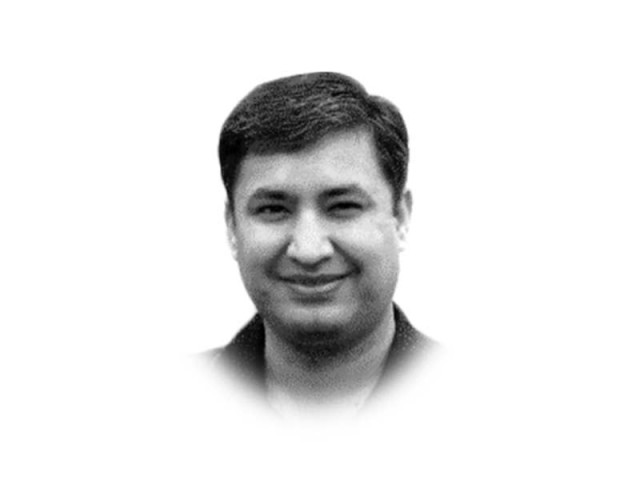
The writer is an associate professor and teaches transport planning at Massey University, New Zealand
The ownership and use of cars and motorcycles in Pakistani cities has increased dramatically over the last two decades. This is due to huge investment in intercity and urban road infrastructure (such as underpasses, flyovers, ring roads and motorways); car-friendly policies (such as car leasing, importation and taxation); and continued reduction in the cost of using cars (petrol price, the price of vehicles and free roads). There is no doubt that personal ownership of cars and motorcycles has increased the standard of living of the urban middle class by providing improved personal mobility and access to suburban housing, jobs, shopping and local tourism.
While the number and use of cars and motorcycles have increased, the number of trips made by public transport, cycling and walking has decreased over time. I grew up in Wah Cantonment in Punjab, where morning peak traffic was full of cycling and public transport passengers, which is rarely seen these days. There is a similar situation in other cities of the country.
Researchers categorise cost into the internal and external cost of transport. The internal or direct cost of transport can be seen as ‘out of pocket’ cost such as the cost of purchasing a vehicle, registration, regular maintenance, fuel, insurance, taxes and road user charges (toll taxes). External costs mainly includes the environmental (air, noise, water, waste, and soil pollution, climate change, land consumption) cost, social cost (road deaths and injuries, and time pollution) and economic cost (cost of congestion, technology and infrastructure). The true cost of using a car is too high, and is not paid by car users, but mainly spread all over society.
With the availability of data, many researchers have estimated the direct and indirect cost of using cars. It is estimated that cars are producing an external cost of 3-4% of GDP in European cities. Public transport users literally subsidise private transport users in terms of external cost. While we all know the higher quality of public transport in European cities, the external cost of using cars in Pakistan is probably much higher. It is important to calculate the true cost of using cars and motorcycles in Pakistan to get a clear picture.
Pakistan can learn from Chinese cities. Shanghai opened its first metro line in 1996, but has now built over 550 kms of metro train network in the city. The Chinese know that good quality public transport has the potential to bring economic growth and therefore they are continuously extending their metro system in all big-and medium-sized cities.
The Sustainable Development Goal (SDG) 11 emphasises making cities inclusive and sustainable. It sets 11 targets, including “access to safe, affordable, accessible and sustainable transport systems”. This target can only be possible by preparing a National Urban Policy and setting up a National Transport Fund that supports strategic transport and housing projects in Pakistan’s cities. According to the International Association of Public Transport (UITP), cities with a population of one million need to build a Bus Rapid Transit (BRT) system while cities with a population of three million or more people should build train-based metro systems. The proposed National Transport Fund should be used to build BRT and metro trains systems in 10 big cities of Pakistan. Although city development is a provincial matter after the 18th amendment, provinces don’t have the technical and financial capacity to build mass transit projects and are looking to the federal government for policy guidelines and funding.
Good quality public transport is an essential instrument for regenerating Pakistani cities, which could lead the PM’s ambition of building 50 million houses, boosting the national and local economy and establishing a genuine local government system in the country. Public transport, if carefully planned, can create jobs and stimulate inclusive growth in Pakistani cities, a step into Naya Pakistan.
Published in The Express Tribune, September 11th, 2018.
Like Opinion & Editorial on Facebook, follow @ETOpEd on Twitter to receive all updates on all our daily pieces.

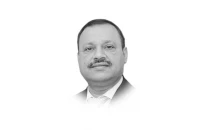

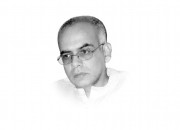


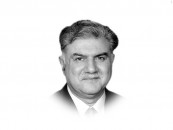
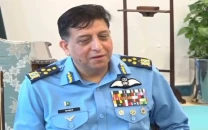
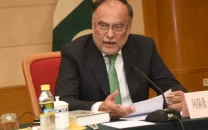
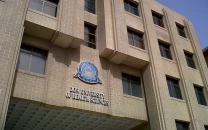
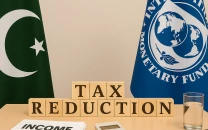
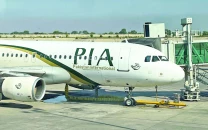
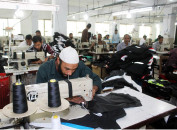
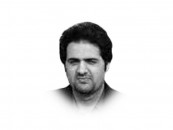

COMMENTS
Comments are moderated and generally will be posted if they are on-topic and not abusive.
For more information, please see our Comments FAQ